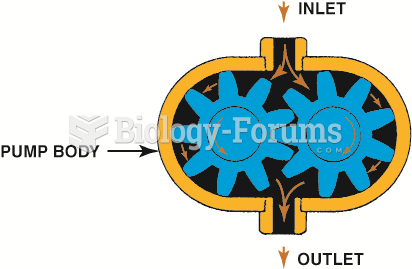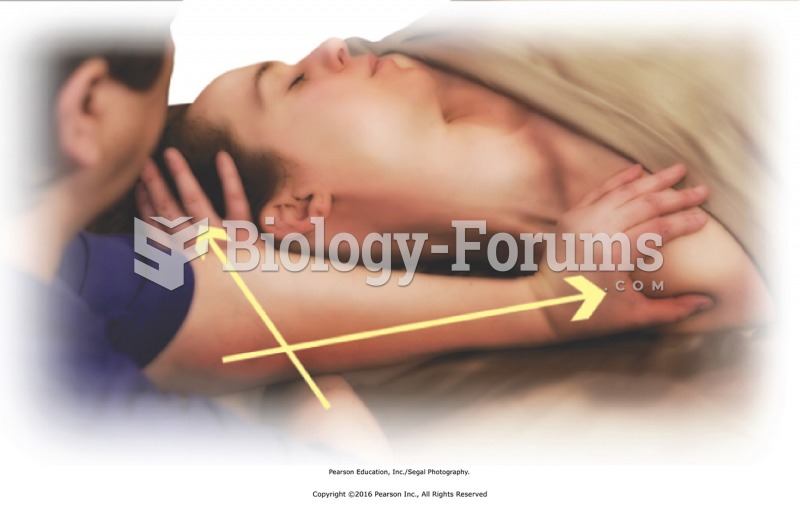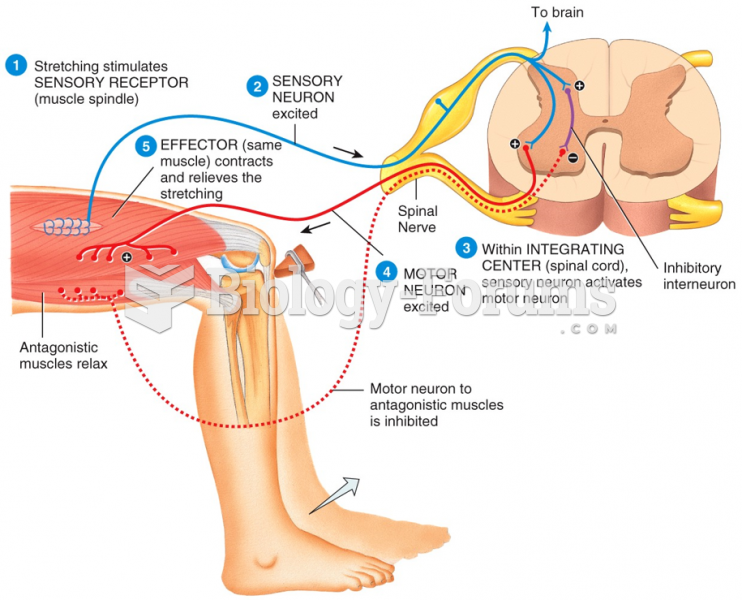|
|
|
The Centers for Disease Control and Prevention has released reports detailing the deaths of infants (younger than 1 year of age) who died after being given cold and cough medications. This underscores the importance of educating parents that children younger than 2 years of age should never be given over-the-counter cold and cough medications without consulting their physicians.
Many people have small pouches in their colons that bulge outward through weak spots. Each pouch is called a diverticulum. About 10% of Americans older than age 40 years have diverticulosis, which, when the pouches become infected or inflamed, is called diverticulitis. The main cause of diverticular disease is a low-fiber diet.
Warfarin was developed as a consequence of the study of a strange bleeding disorder that suddenly occurred in cattle on the northern prairies of the United States in the early 1900s.
Multiple experimental evidences have confirmed that at the molecular level, cancer is caused by lesions in cellular DNA.
As many as 28% of hospitalized patients requiring mechanical ventilators to help them breathe (for more than 48 hours) will develop ventilator-associated pneumonia. Current therapy involves intravenous antibiotics, but new antibiotics that can be inhaled (and more directly treat the infection) are being developed.
 A black impact socket. Always use an impact-type socket whenever using an impact wrench to avoid ...
A black impact socket. Always use an impact-type socket whenever using an impact wrench to avoid ...
 In a gear-type oil pump, the oil flows through the pump around the outside of each gear. This is an ...
In a gear-type oil pump, the oil flows through the pump around the outside of each gear. This is an ...





